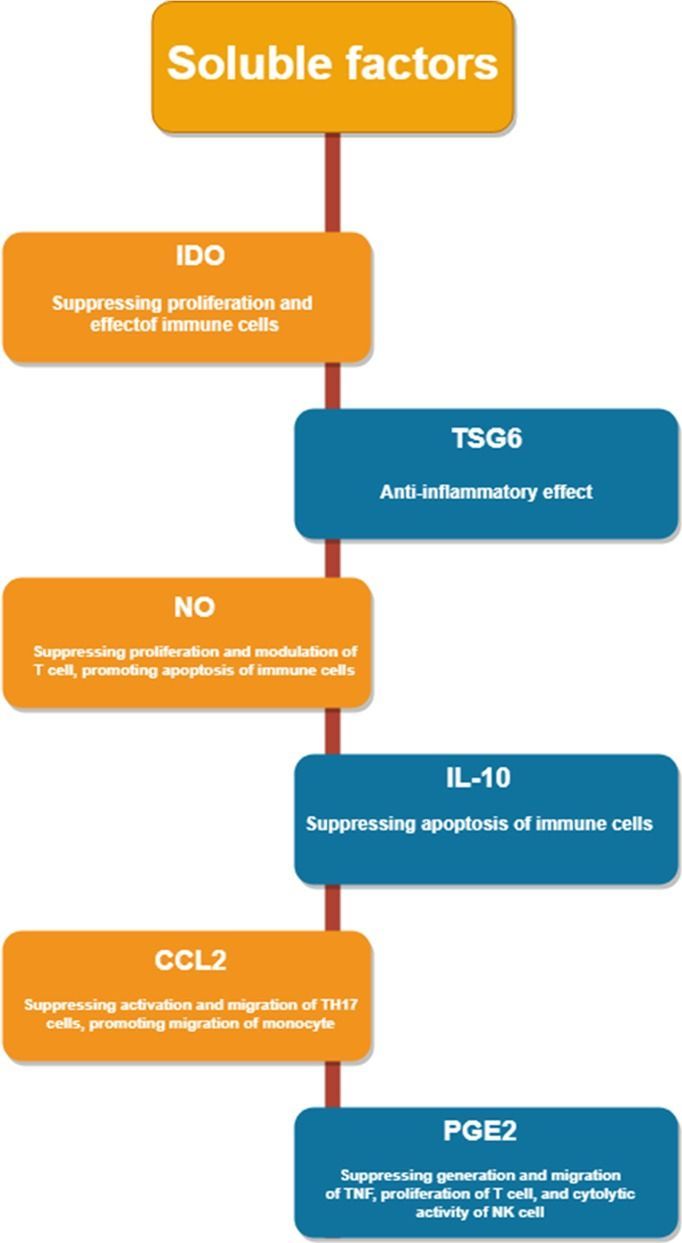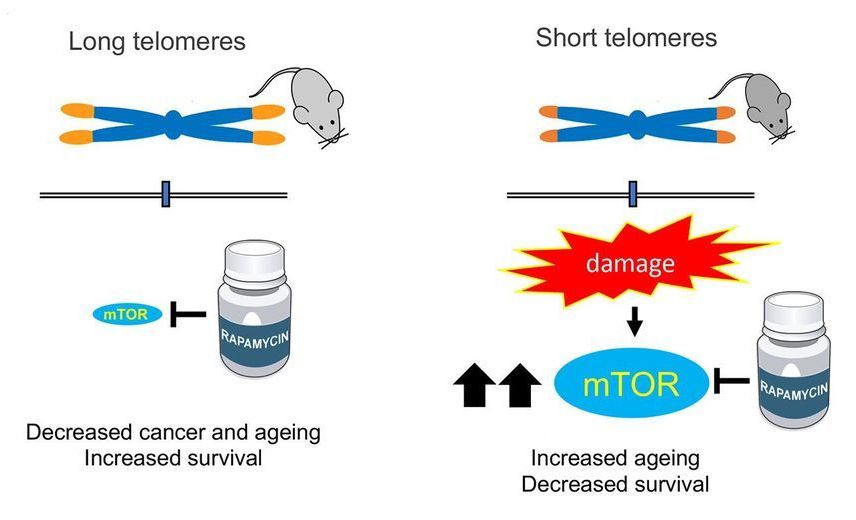Wuhan Coronavirus Pandemic Washington State.
More deaths and it looks like they’re going to look at previous deaths at the retirement home that is the epicenter to see if some of those previous deaths were caused by Wuhan Coronavirus.
“Killian went on to say that since February 19, Life Care Center reported 26 deaths. Since that date, 11 additional patients died at the facility. They generally have three to seven deaths a month, Killian said. Life Care Center is still waiting back for reports on post-mortem testing and whether 11 of those patients tested positive for coronavirus.”
SEATTLE — Another death from coronavirus in King County was reported Saturday, bringing the total to 16 in Washington state. So far, at least 103 have tested positive for COVID-19 in the state.
The new death comes just a day after three people died at at EvergreenHealth Hospital, where now 12 deaths have occurred, hospital officials said. One earlier reported death occurred in a patient never hospitalized and the other was a death at Harborview last week that was later found to have been likely caused by COVID-19. In total, there are 27 confirmed cases of coronavirus at EvergreenHealth.
Of the 15 coronavirus deaths reported in King County, 13 are associated with Life Care Center In Kirkland. Eighteen residents have also tested positive for COVID-19, according to Tim Killian, public liaison for Life Care Center.









